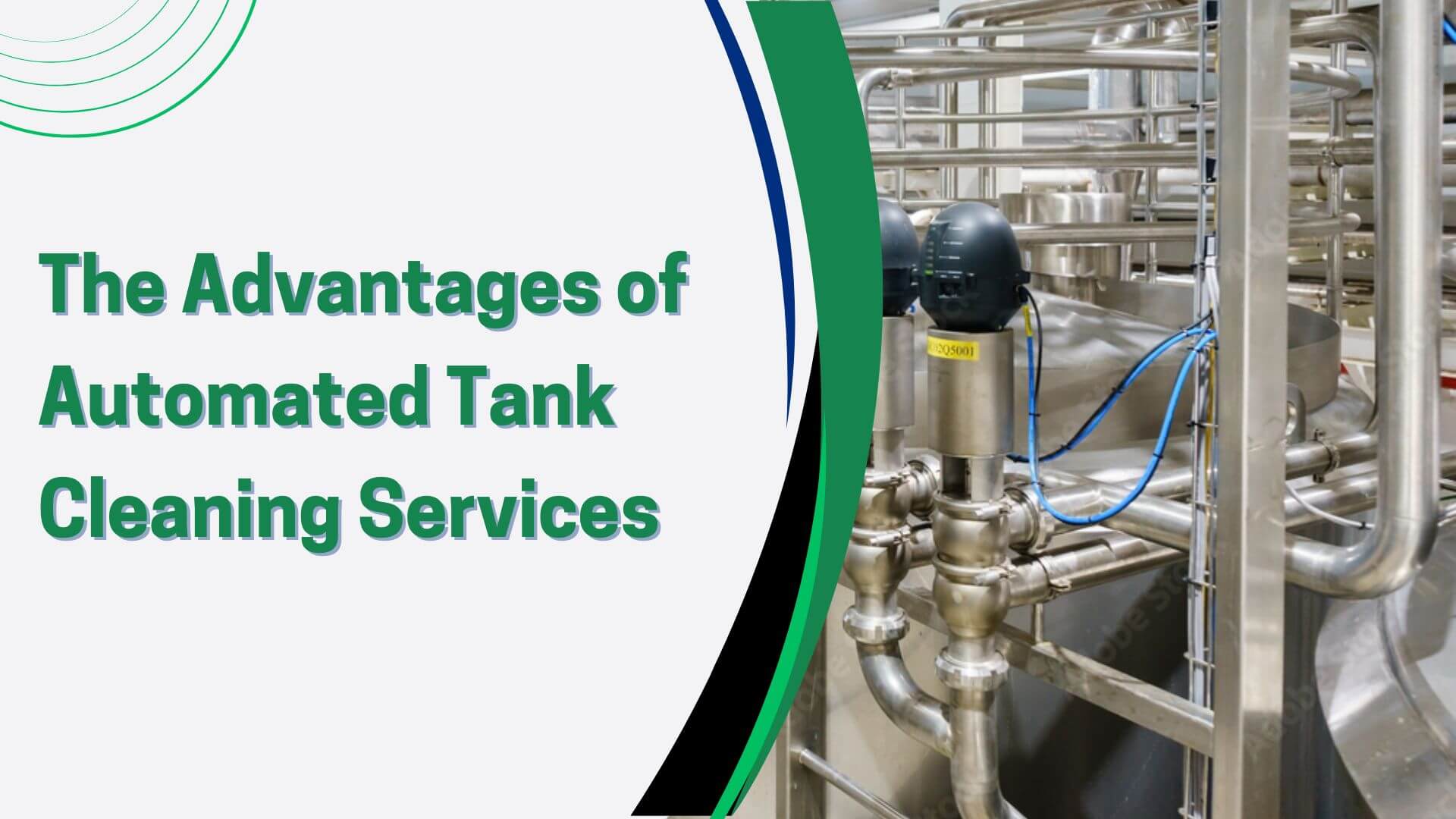Tank cleaning services have emerged as a game-changer in the maintenance industry, offering efficient and effective solutions for keeping tanks clean and operational. This blog will explore the advantages of automated tank cleaning services and how they revolutionize maintenance processes.
Enhanced Efficiency:
Automated tank cleaning services utilize advanced technologies and robotic systems to perform cleaning tasks with precision and speed.
The automated process eliminates manual labor, reducing the time and effort required for cleaning large or complex tanks.
Automated services can improve the efficiency of tank cleaning; it reduces overall cost and enhanced productivity. allowing businesses to allocate resources more effectively.
Consistent and Thorough Cleaning:
Automated systems are programmed to follow specific cleaning patterns and algorithms, ensuring a consistent and thorough cleaning process.
These systems can reach and clean areas that may be challenging to access manually, leaving no room for oversight or missed spots.
By consistently maintaining cleanliness, automated tank cleaning services help prevent corrosion, contamination, and other issues that can compromise tank integrity and performance.
Improved Safety:
Manual tank cleaning can be hazardous, exposing workers to confined spaces, toxic substances, and physical injuries.
Automated tank cleaning eliminates or significantly reduces these risks by minimizing human entry into tanks and deploying robots or mechanized systems.
This approach enhances worker safety, reduces accidents, and ensures safety regulations and standards compliance.
Time and Cost Savings:
Manual tank cleaning can be time-consuming, requiring a significant workforce and extended downtime for operations.
Automated tank cleaning services drastically reduce cleaning time, minimizing operational disruptions and allowing for quicker tank turnaround.
The reduction in labor costs, coupled with improved operational efficiency, contributes to significant cost savings in the long run.
Enhanced Data Collection and Reporting:
Automated tank cleaning systems often incorporate sensors and monitoring devices, enabling real-time data collection during the cleaning process.
This data can include tank conditions, sediment levels, temperature, and other parameters, providing valuable insights for maintenance planning and optimization.
Automated reporting features generate detailed reports, documenting cleaning activities and ensuring compliance with regulatory requirement. Read here to know about why hire professional tank cleaning services provider company.
Conclusion:
Automated tank cleaning services offer a range of benefits, from increased efficiency and thoroughness to improved safety and cost savings. By embracing automation, businesses can streamline maintenance processes, reduce operational disruptions, and enhance overall tank performance. As technology advances, automated tank cleaning services will undoubtedly play an increasingly vital role in maintaining clean and functional tanks across various industries.
FAQ For Automated Tank Cleaning Services
1. How does automated tank cleaning work?
– Automated tank cleaning systems employ robotic arms, high-pressure water jets, and sensors to navigate and clean tanks with precision and consistency.
2. What types of tanks can be cleaned with automation?
– Automated tank cleaning services can be applied to various kinds of tanks, including industrial storage tanks, oil tanks, chemical tanks, and water tanks.
3. Is automated tank cleaning environmentally friendly?
– Yes, automated tank cleaning minimizes the use of chemicals and reduces waste generation, making it an environmentally friendly option for tank maintenance.
4. Can automated tank cleaning remove stubborn deposits?
– Yes, automated systems utilize powerful water jets and specialized cleaning solutions to effectively remove stubborn deposits, such as sludge, scale, and residues.
5. Is tank downtime reduced with automated cleaning?
– Yes, automated tank cleaning significantly reduces tank downtime by completing the cleaning process efficiently and minimizing the time required for manual labor.

